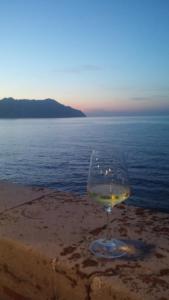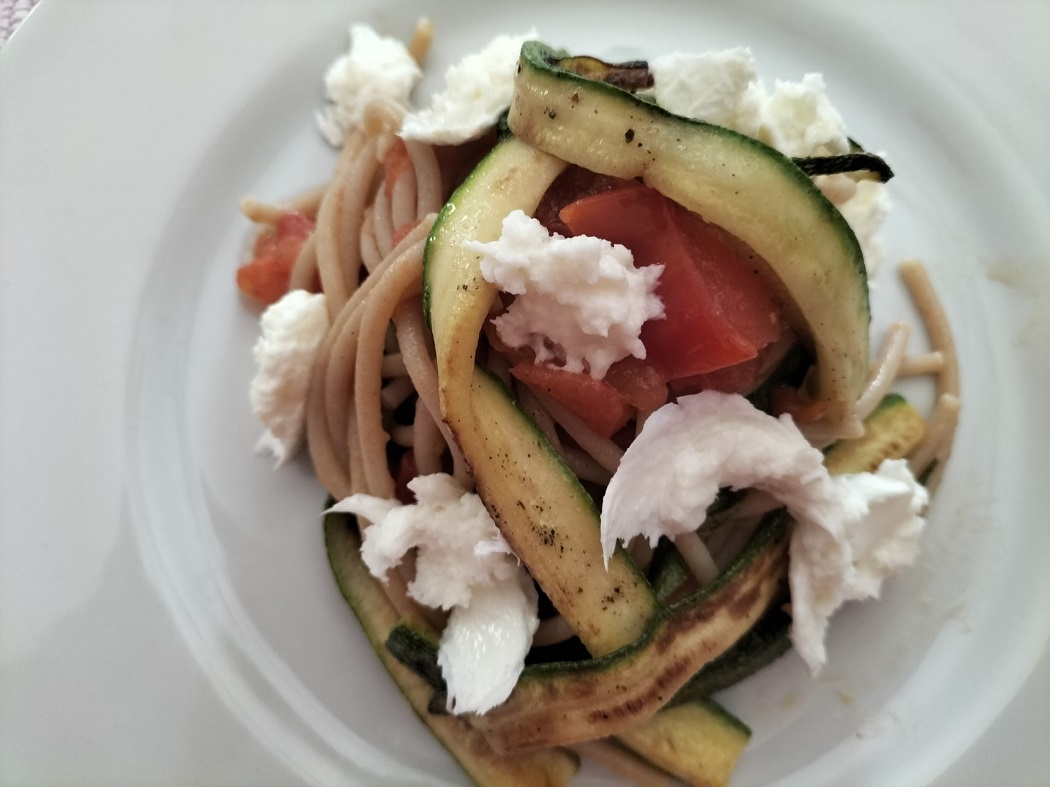On Discoverplaces we have already presented the small centre of Montecarotto in Marche as "the village of tower clocks and its watchmaker Pietro Mei".
The tower keeper of time has become a symbol of this small centre and tells of an artisanal excellence but also there is excellent agri-food in the territory.
[caption id="attachment_113131" align="center-block" width="750"] Montecarotto by Giuliano Betti[/caption]
Montecarotto by Giuliano Betti[/caption]
These splendid nineteenth-century mechanisms had the function of quantifying time, always thought to be one of the first enemies of white wine.
The famous saying that "getting older improves" usually refers to red wine, and good wine. But there are exceptions, one of these grows I the countryside around Montecarotto in the Castelli di Jesi, and is called Verdicchio.
This white grape variety is unanimously considered one of the most important for its aging ability. There are "vertical" tastings (i.e. of the same wine from different vintages) capable of going back in time for 20 and even 30 years.
This is something unusual, theoretically, for white wines. In reality it is an ‘all-Marche’ excellence, almost unchallenged in the rest of Italy. White wines capable of aging for so long can be counted on the fingers of one hand.
But perhaps the most beautiful thing about this grape variety, which saw the first specialized vineyards in the area at the beginning of the 1950s, is its ambivalence.

Verdicchio is in fact eclectic, most of us know it as a young and fresh wine, perfect for pairing with fish, vegetables, and traditional first courses of central Italy.
But, we reiterate, its aging ability brings out the maximum elegance and power, it is a white wine capable of rivalling the great German Rieslings, the mouth still alive and hints of hydrocarbons and spices on the nose.
A high-class expression of the territory, a logical consequence of a production process that started in 1969 with the recognition of the DOC, Controlled Designation of Origin, Verdicchio of the Castelli di Jesi.
An empty passage saw wine become a popular symbol of Italy in the 1980s, with low prices and large quantities, unfortunately not of the highest level.
But the recovery has taken place and has resulted in an important qualitative turn that, in 2010, led to the recognition of DOCG, Denomination of Controlled and Guaranteed Origin, for the Verdicchio Riserva version of Castelli di Jesi(while the young "Verdicchio dei Castelli di Jesi"version remained DOC).
In parallel, the name of nearby Matelica has also grown with Verdicchio di Matelica DOC and Verdicchio di Matelica Superiore DOCG, bringing the white wine of the Marche to be the most awarded in Italian wine guides.
Many companies capable of producing both versions, remain in the Castelli di Jesi, and we certainly mention Villa Bucci and the historic Fazi Battaglia among the most famous, but also Marotti Campi, Stefano Antonucci, La Staffa and a large and historic activity such as Moncaro.
The latter has an extra link with our village of clocks, in fact Moncaro is based in Montecarotto. A lot of care is taken in the vineyard and then in the cellar for different wines and above all different types of Verdicchio, which represents as a single grape well over 450 hectares out of the approximately 800 total.
Moncaro has four types: Le Vele (Verdicchio dei Castelli di Jesi DOC Classico), Ca 'Ruptae (Verdicchio dei Castelli di Jesi DOC Classico Superiore), Vigna Novali (Castelli di Jesi Verdicchio DOCG Classico Superiore) and Tordiruta (Verdicchio dei Castelli di Jesi DOC Passito).
In 2016 I was lucky enough to taste a "Vigna Novali" from 1994, 22 years after the harvest and not only there were no problems but, indeed, the wine was exceptional!
In Montecarotto, therefore, time is measured with clocks, but for wine made well, it is useless to chase time because the result will always be surprising!








Follow us